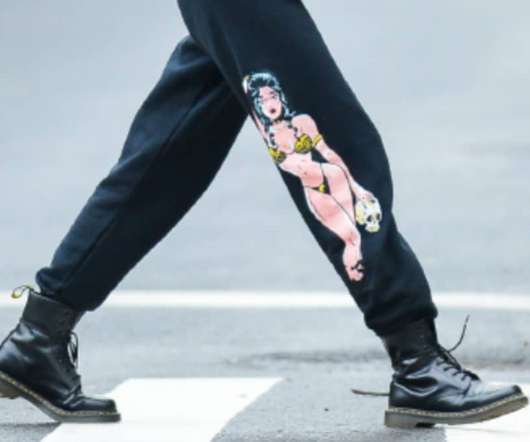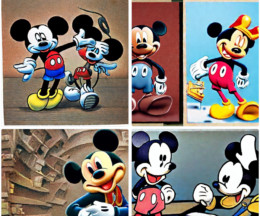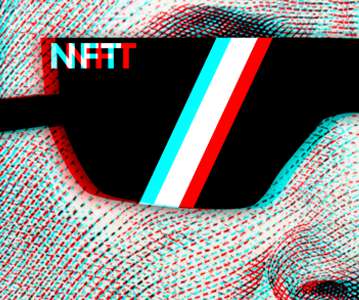Deadly Dolls and a Forgotten Copyright Exception
Copyright Lately
SEPTEMBER 12, 2022
While these sorts of objects typically aren’t themselves eligible for copyright protection, they often contain pictures or designs which are protectable. One of Deadly Doll’s popular designs is a cartoon image of a bikini-clad pin-up girl holding a skull: Deadly Doll’s original artwork. Vila’s Motion.













Let's personalize your content